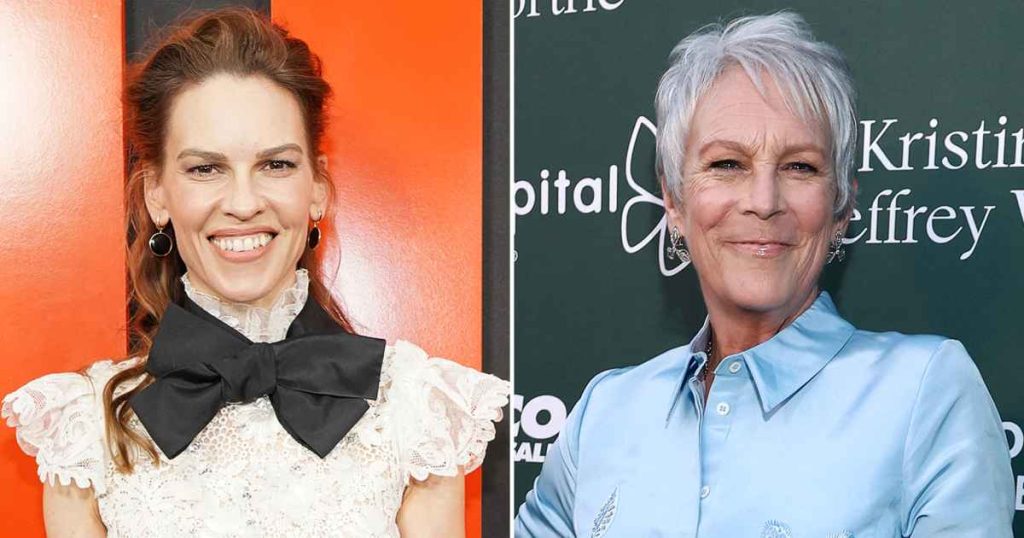This compilation highlights instances where prominent actors and actresses accepted surprisingly low salaries for roles in notable films, often driven by passion for the project, commitment to its realization, or strategic career moves. Several common threads emerge: the pursuit of artistic fulfillment over immediate financial gain, the belief in a project’s potential despite limited resources, and the willingness to invest in early career opportunities or support independent ventures. These stories offer a glimpse into the complex motivations behind actors’ choices and the diverse paths to success in the entertainment industry.
One recurring theme is the acceptance of minimal compensation for roles in low-budget independent films. Hilary Swank’s $3,000 salary for her Oscar-winning performance in Boys Don’t Cry starkly contrasts with the acclaim she received. Similarly, Christopher Lee forwent a salary entirely for The Wicker Man to ensure the film’s production. Ethan Hawke’s commitment to The Purge led him to accept a modest salary and even sleep on the producer’s couch, highlighting his belief in the project’s artistic merit. These examples demonstrate the dedication some actors have to their craft, prioritizing artistic expression over immediate financial reward.
Another significant factor influencing salary decisions is the perceived value of the project at the time of filming. Sean William Scott’s $8,000 paycheck for American Pie pales in comparison to the film’s eventual box office success. This underscores the inherent gamble actors take when signing onto projects, particularly those with unknown potential. Ryan Reynolds’ decision to forgo a traditional salary for Deadpool and instead invest in having his co-writers on set reflects his unwavering belief in the project and his willingness to take a financial risk for creative control.
The disparity in salaries between established stars and rising actors is also evident. Jeff Daniels’ $50,000 salary for Dumb and Dumber is dwarfed by Jim Carrey’s $7 million, reflecting their differing levels of star power and negotiating leverage at the time. Similarly, Taraji P. Henson’s initial offer of $100,000 for The Curious Case of Benjamin Button highlights the challenges actors face in securing equitable compensation, even when working alongside A-list talent. These examples illustrate the complex dynamics of Hollywood economics and the role of perceived market value in determining actors’ salaries.
Sometimes, a low salary is a strategic move in a larger career plan. Rebel Wilson’s acceptance of the SAG-AFTRA minimum for her Bridesmaids role allowed her to join the union, a crucial step for building a sustainable acting career. This demonstrates the importance of long-term vision in career development, where short-term financial sacrifices can pave the way for future opportunities. This contrasts with actors in established positions who leverage their influence to take on passion projects, even at a financial loss.
Established actors leveraging their position is another notable theme. Jennifer Lopez chose not to take a salary for Hustlers, focusing instead on her role as a producer, allowing her creative control and a stake in the film’s success. Similarly, George Clooney’s $3 total salary for Good Night, and Good Luck, which he wrote, directed, and starred in, represents a significant personal investment in a project deeply meaningful to him. Adam Levine’s decision to work for free on Begin Again reflects a desire to gain experience in a new field without the pressure of financial considerations. These established figures highlight how career longevity and financial security can afford the freedom to pursue passion projects.
Finally, the stories of Jamie Lee Curtis and Nick Castle in the original Halloween film represent the realities of low-budget filmmaking. Curtis’ $8,000 salary and $200 wardrobe budget, along with Castle’s $25 per day rate, underscore the financial constraints of independent productions. Despite these limitations, both actors valued the on-set experience and the opportunity to be part of a groundbreaking horror film. Their stories illustrate how passion for a project can outweigh financial concerns, particularly in the early stages of a career. These diverse examples demonstrate the various factors that influence an actor’s decision to accept a low salary, ranging from artistic conviction and career strategy to the realities of independent filmmaking and the pursuit of personal passion projects. They offer a valuable perspective on the complexities of the entertainment industry and the diverse paths actors take to achieve success.

